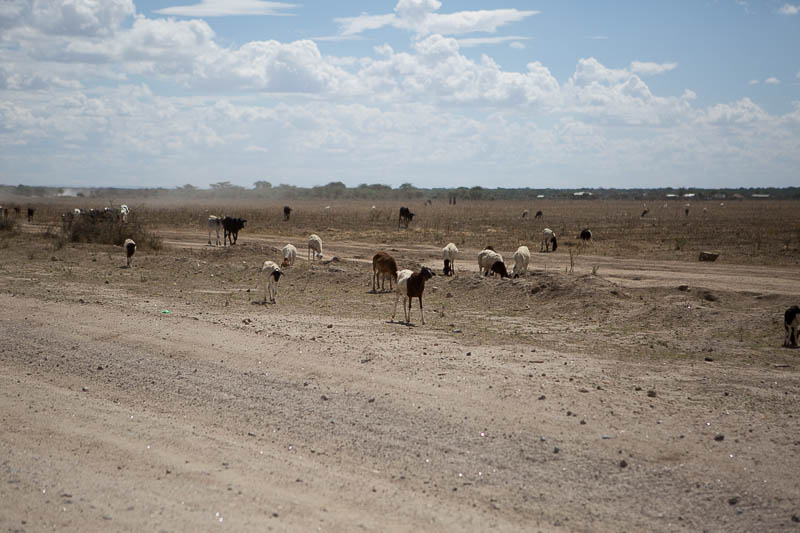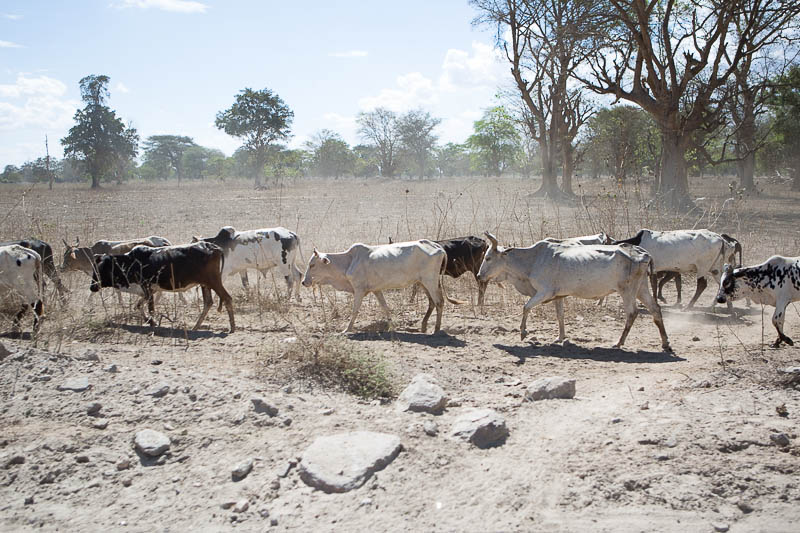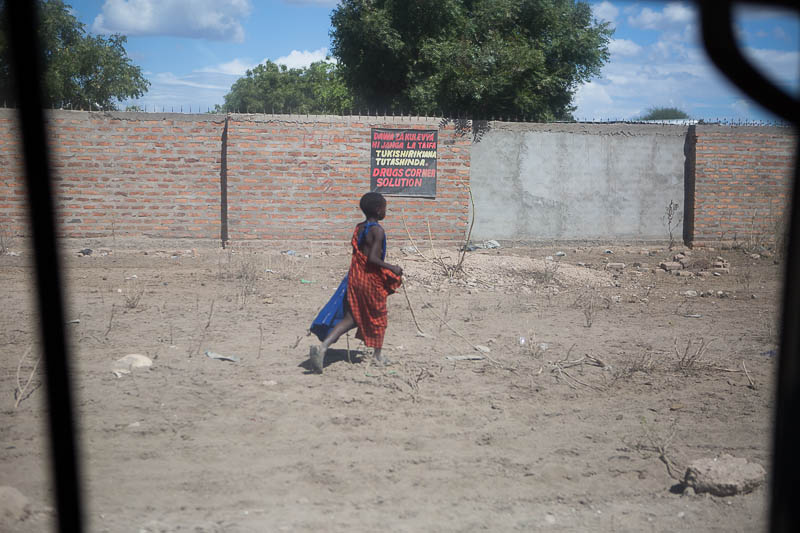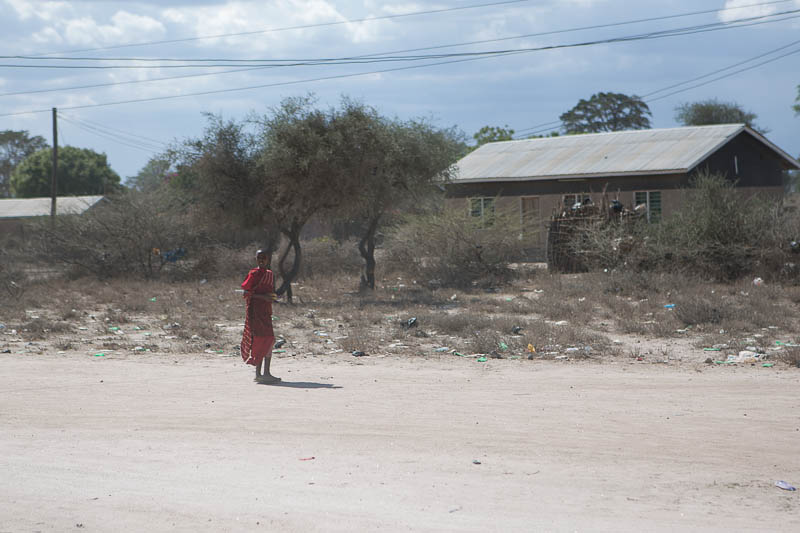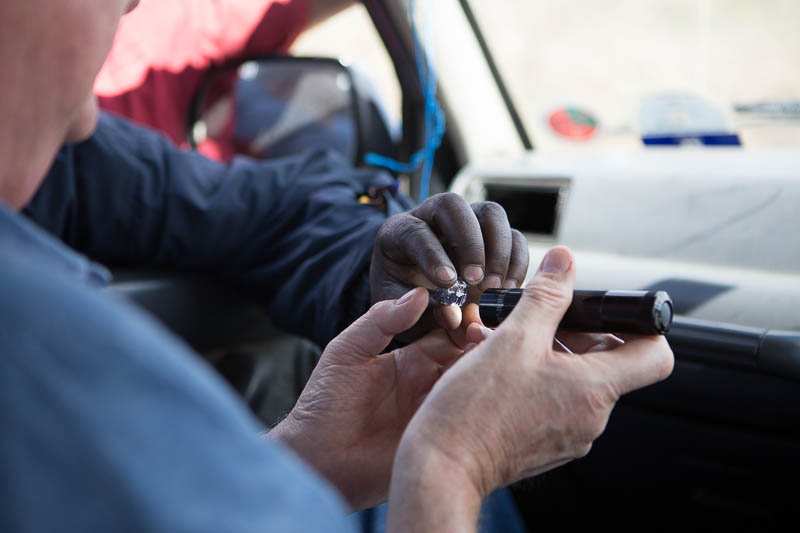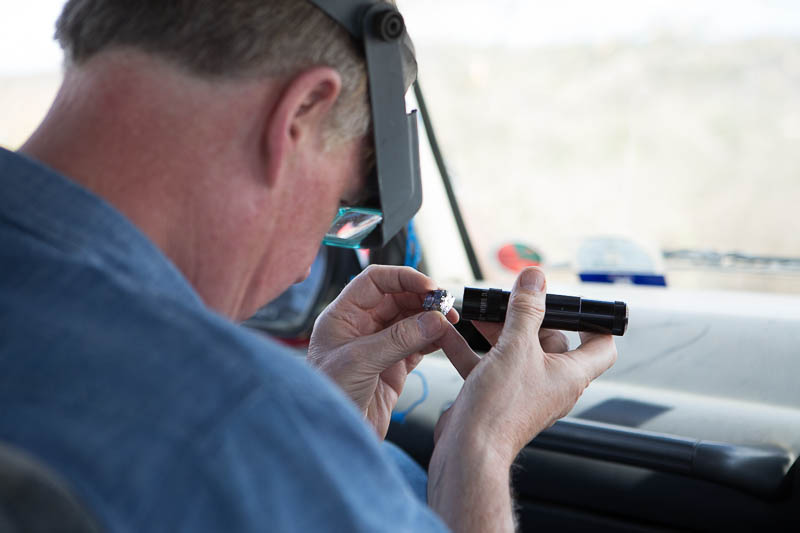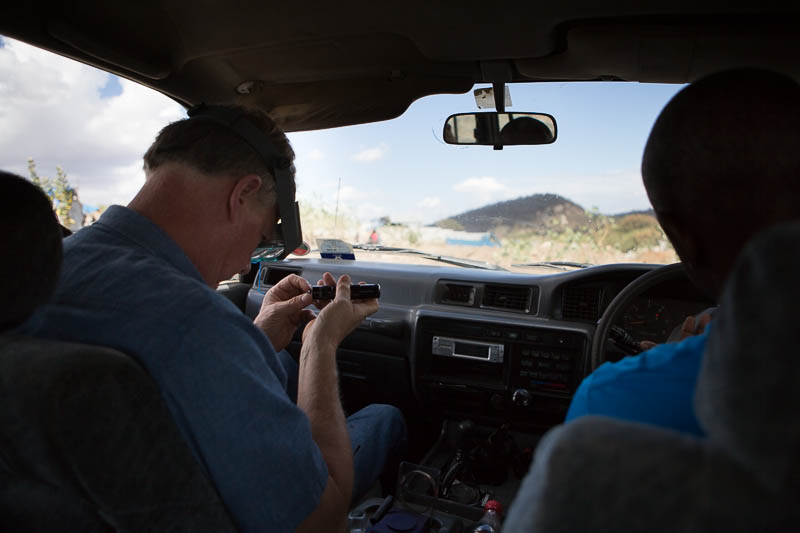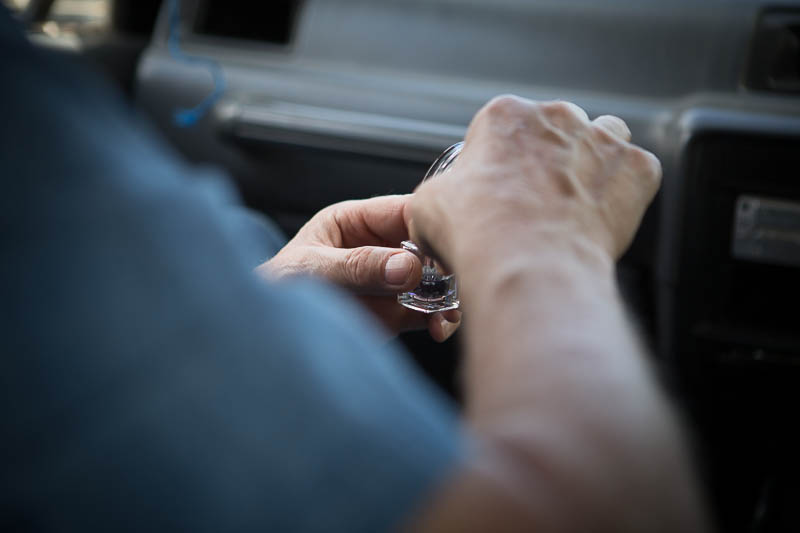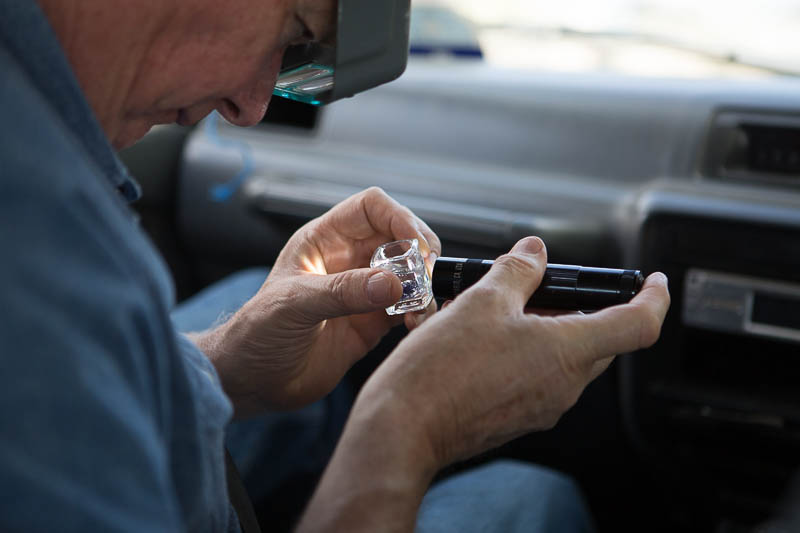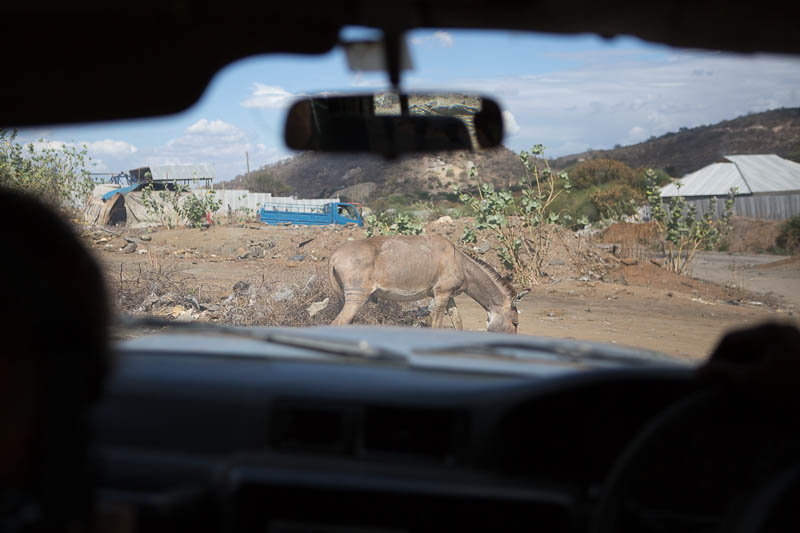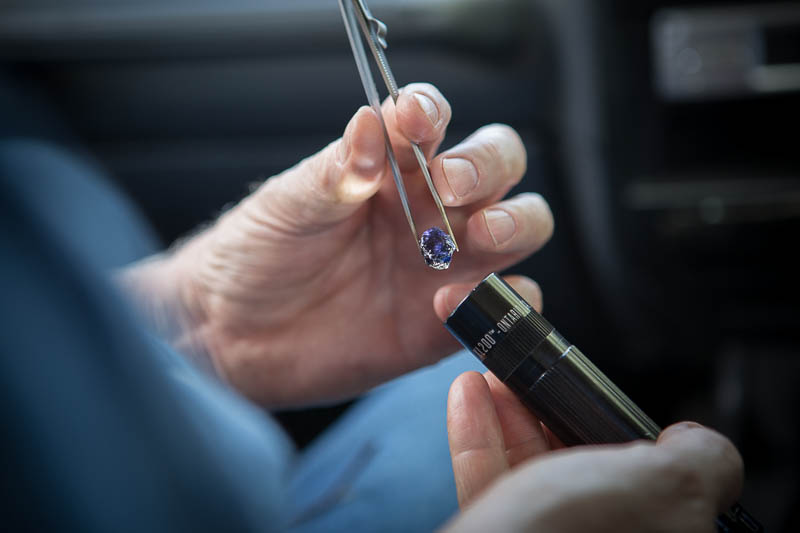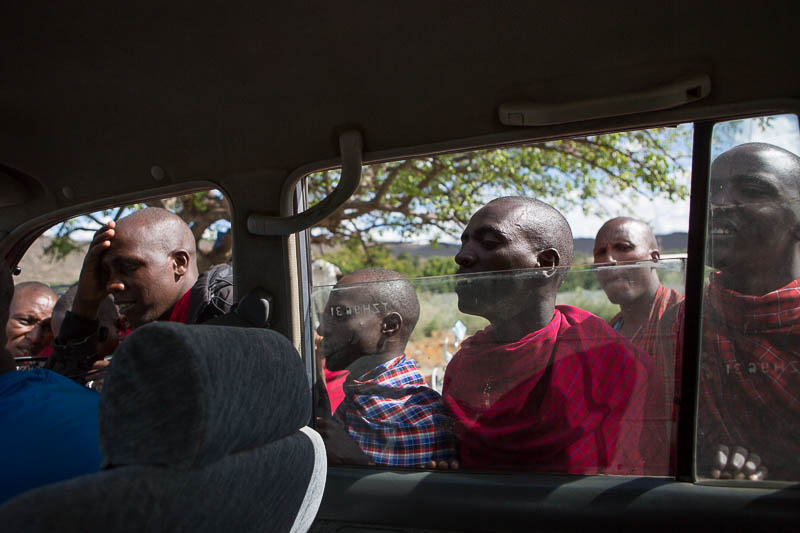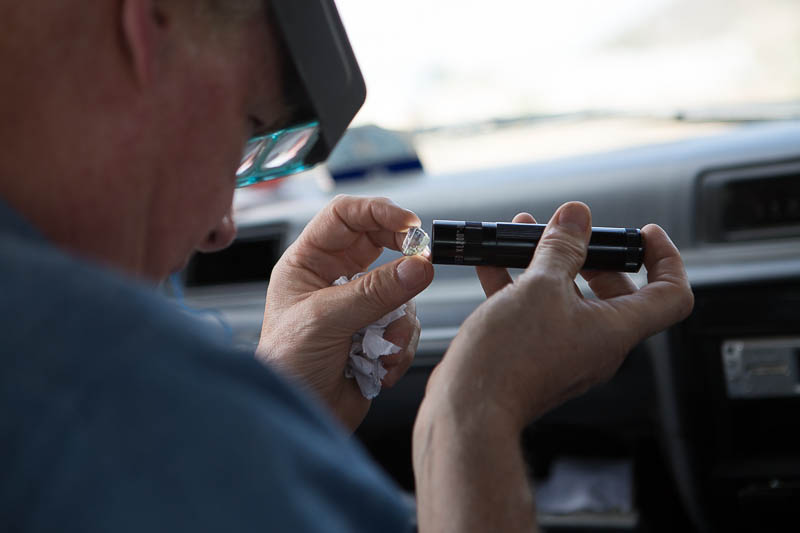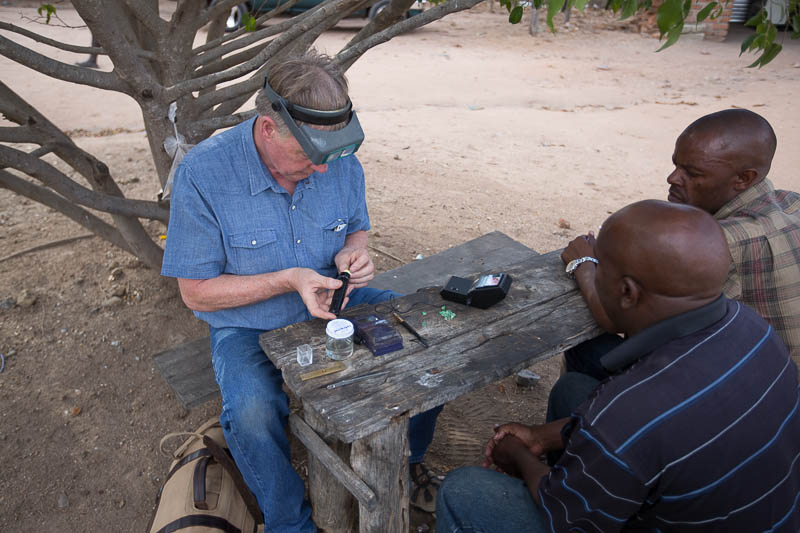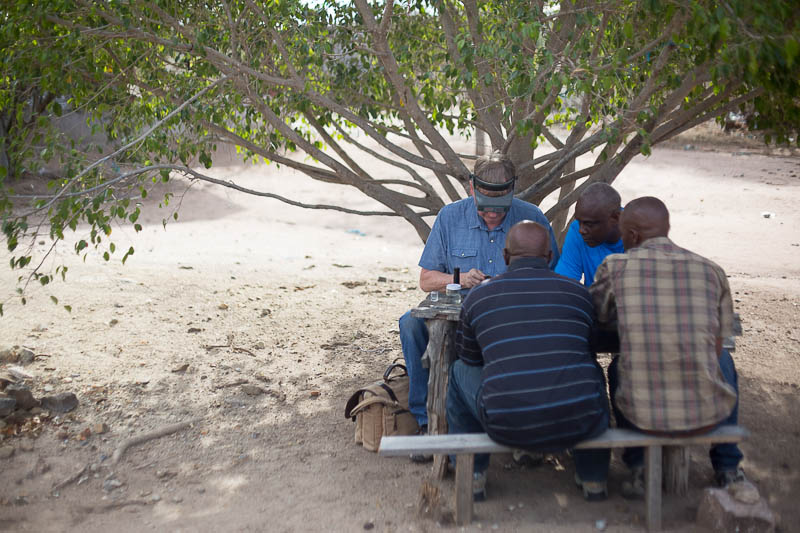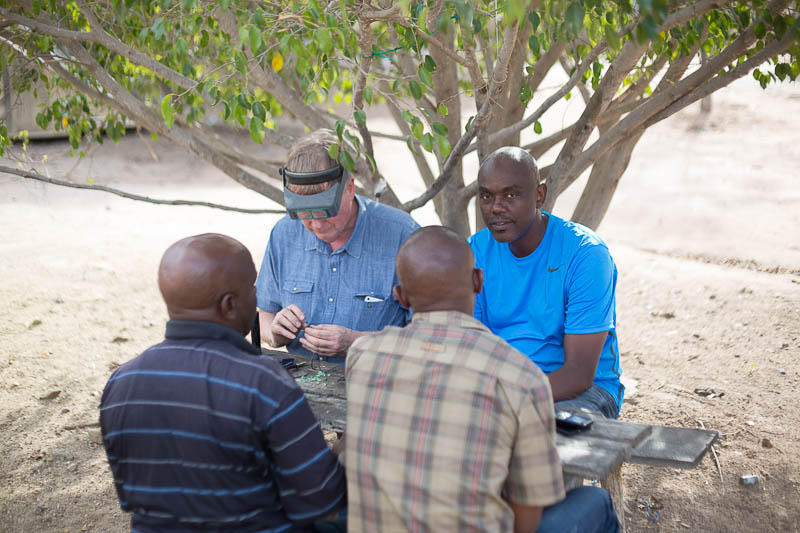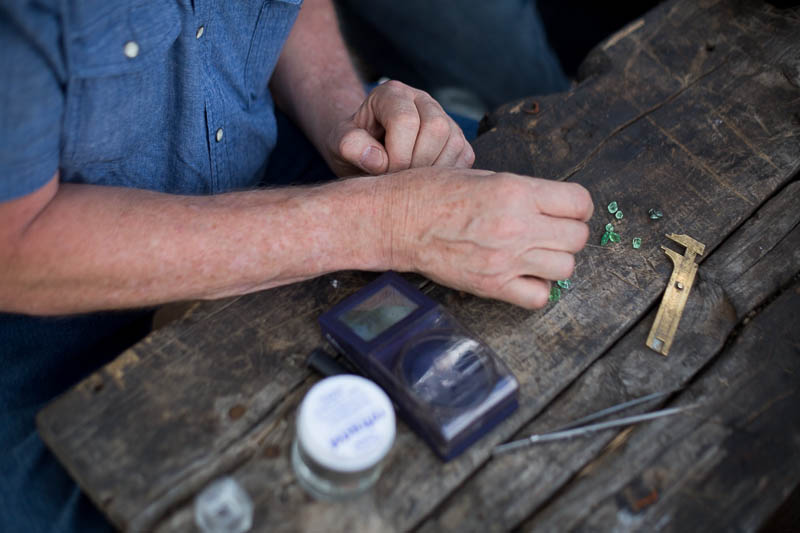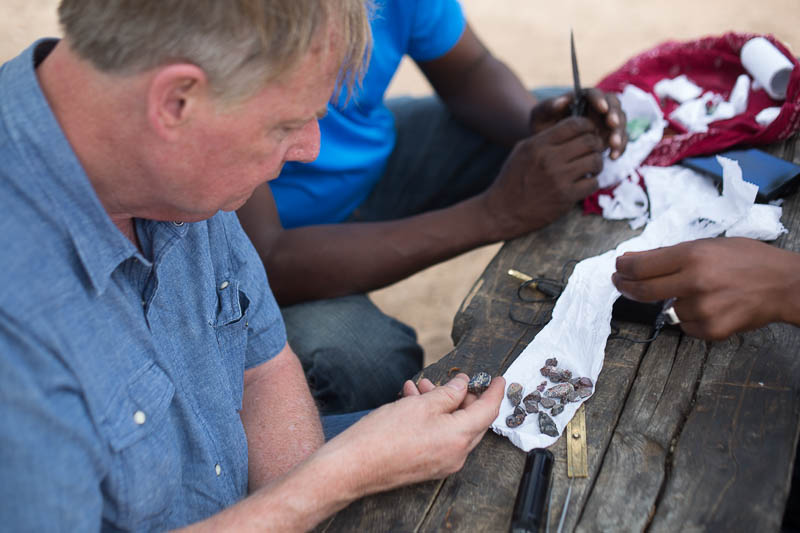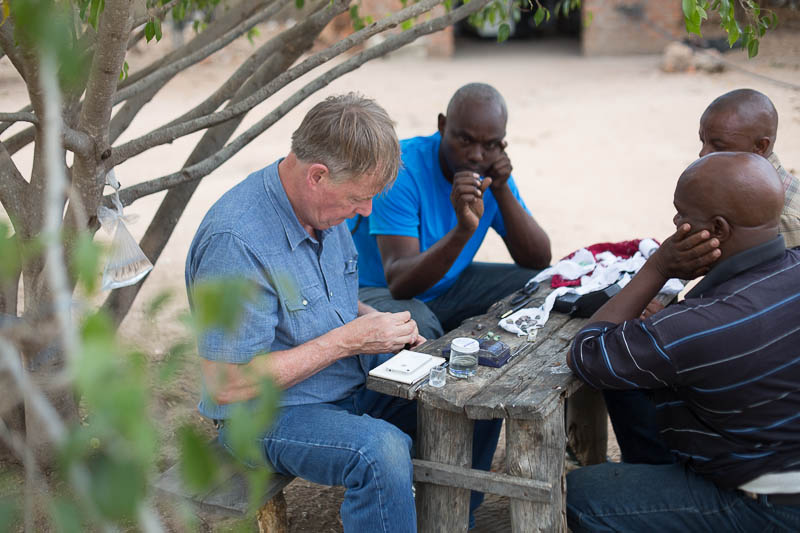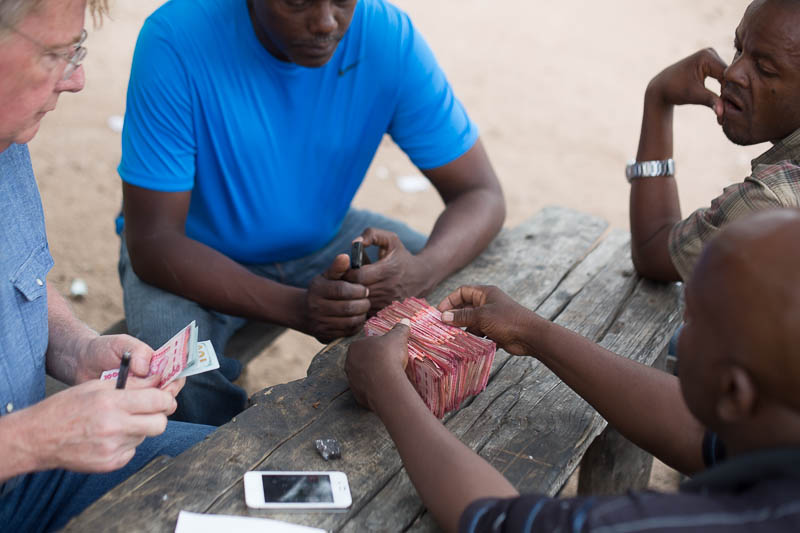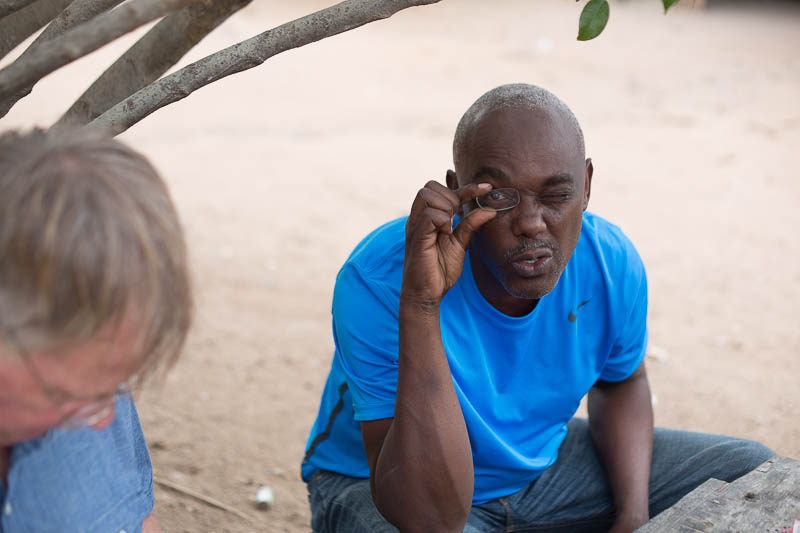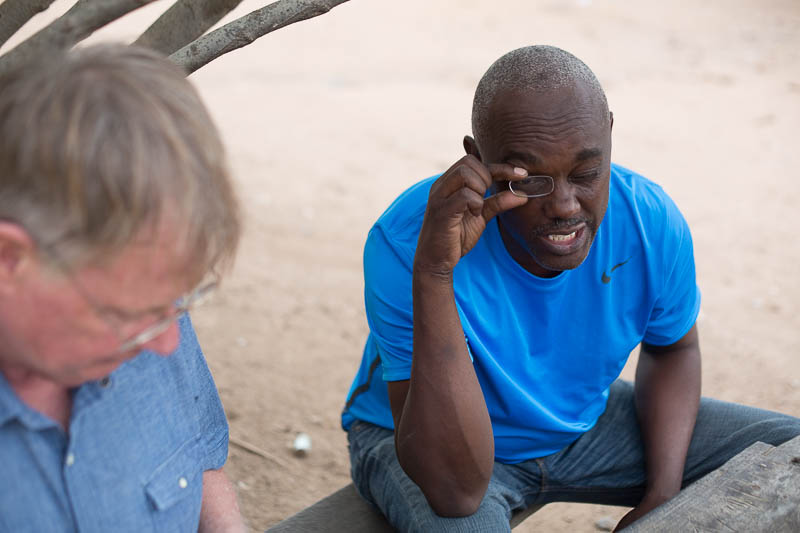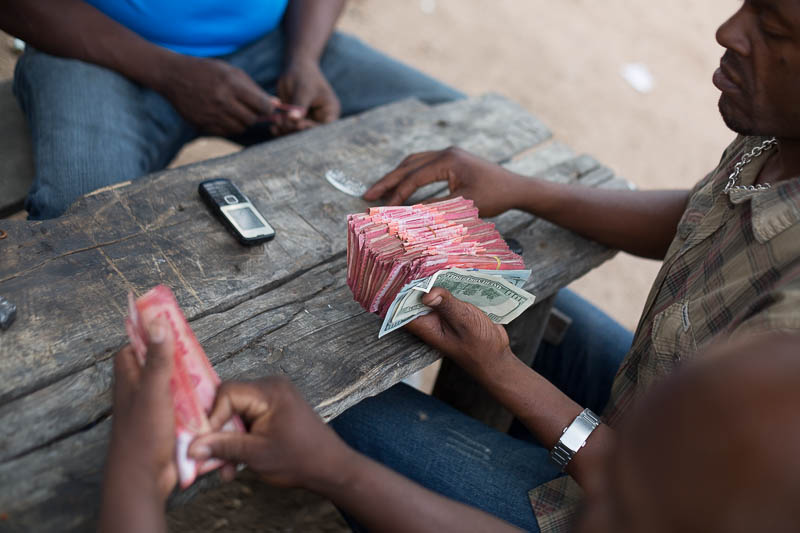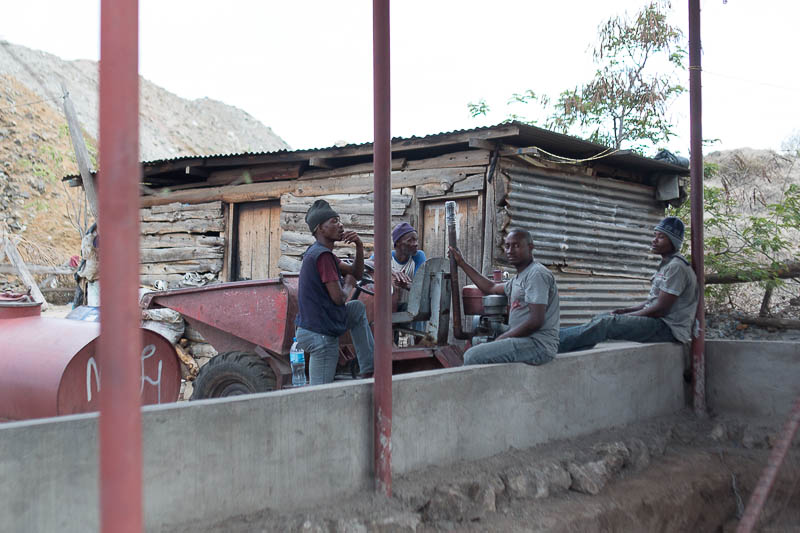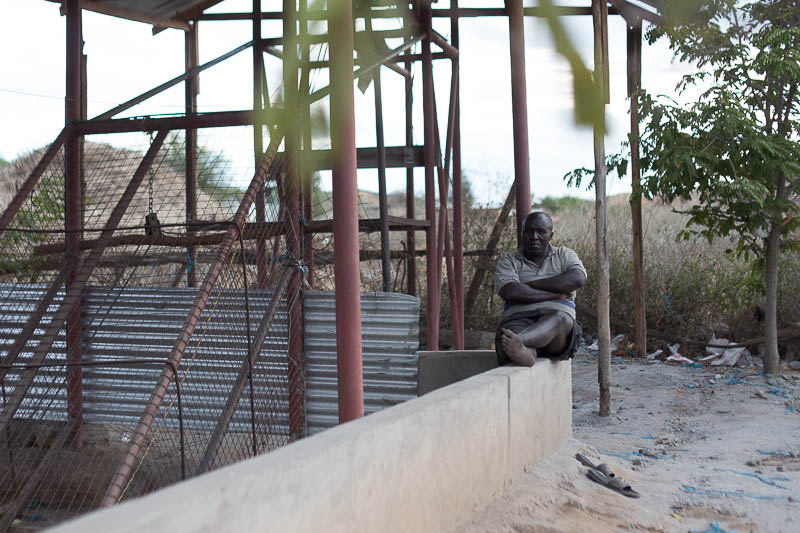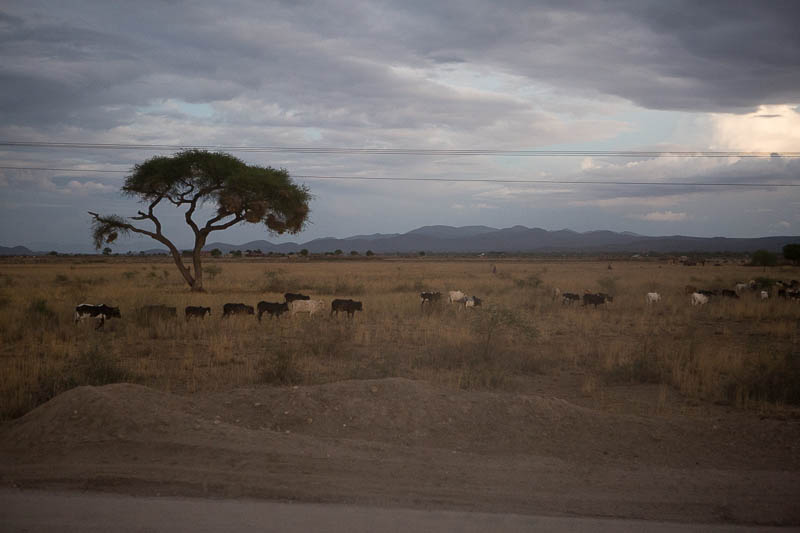With Day 6 proving to be such a great success with us buying directly from the mining area, we decided that on Day 9 we would try this once again. Considering that most of the miners are coming straight from the mine and selling directly to us without having to pay a broker, the prices were nearly three times cheaper this way. This method can be a bit more stressful, but it is definitely more beneficial in the long run.
As we’ve seen the past, the trip to the mines always proves to provide quite a few sights along the way.
I still find it incredible how many wild goats you find wandering around…and in such large groups!
Cows, as we’ve seen many times on the roads, are very common as well. Most of the time the heards of cows are being led by Maasai, but they are often very far from the heard. Seems as though they simply know their way home.
From what I’ve observed, it seems as though the children of the Maasai often accompany the heards of sheep.
Once you reach the mine, you must first pass through a gate that’s guarded by a group of men. There is a $100 entrance fee for every time you enter the mine, even if accompanied by an owner of a mine inside the mining area. Being that our friend, Sune, owns a mine inside this area, it seems as though we should have been able to pass through without a fee. Not the case! Everyone’s gotta get their cut.
On this particular day, before we could even make the entrance payment, we were already hit with a major stone offer that took Steve by surprise. Turns out a guy passing through had a really good size piece of Tanzanite and happened to be on his way to the neighboring town to sell it.
As nice of a piece as this was, the only trouble that the cost of this individual piece would have wiped out Steve’s entire cash flow for the day. Being that we literally hadn’t even had a chance to get into the mines, let alone even had a chance to get out the tools to test the stone properly, it would have been an extremely rushed decision and Steve had to pass.
We continued forward and found a spot to park in the main center of the mines, as we had a few days before. Within no time at all, we were once again surrounded with people offering stones.
Checking out another piece of Tanzanite!
Steve has all type of gadgets for testing stones. Here, he immerses the stone in a liquid to help him see inside the stone. Without knowing the technical details of how it works, it basically enables you to see through the outer layer of the stone, allowing you to see inclusions and imperfections much easier than you would with the naked eye. Incredibly helpful tool, especially when the outer surface of the stone is rough and difficult to read.
Oh, nothing to see here…just a donkey passing by.
The piece of tanzanite coming out of the fluid. Looks good enough to eat!
Ooooooo……Aaaaaaaahhhh…..
After dealing with one particular group of guys for quite some time, it became apparent that they had quite a bit of goods to offer. Considering the quantities of stones (and money) we were dealing with, we figured it would be easier and much more secure to move to Sune’s mining camp to finish with the two gents.
We pulled up a seat at their picnic bench and Steve started testing away! Here, Steve uses a tool that uses a measure of conductivity to tell you what type of stone you have in front of you. When touching the pen-like tip of the tool to the stones, a reading will be shown on a graph. The graph will then tell you what type of stone you are testing, all based on its conductivity. This is extremely helpful when you’re dealing with a stone of a rare color or shape, or just something you’re not completely familiar with.
Cozy spot for a sit, ay?
Our dear friend, Sune.
Just a side-note about the next photo — see that bag of water hanging from the tree? That’s what you will typically see miners drinking from. Instead of selling water in bottles, at the mines they sell it in baggies.
The highest denomination of Tanzanian Shillings (TSH) comes in TSH10,000, which is just under $6. This makes for a LOT of bills when purchasing thousands of dollars worth of stones.
Sune having a laugh with Steve’s glasses lens. 🙂
Rounding up the final cash for today’s purchases!
Power outages, lack of materials, or even problems with the equipment can cause a lot of down time here at the mines. Workers can often sit around for days at a time when funds are low or when there are problems waiting to be solved. Here, they’re actually waiting on one of the bearings to be fixed for the motor that removes the bags of debris from the mines.
We stopped for a moment on the way back to take in the sights atop a big pile of dirt along the road. Amazing sunset tonight and a much needed breather.
Coming up next, a day in a Maasai village!

